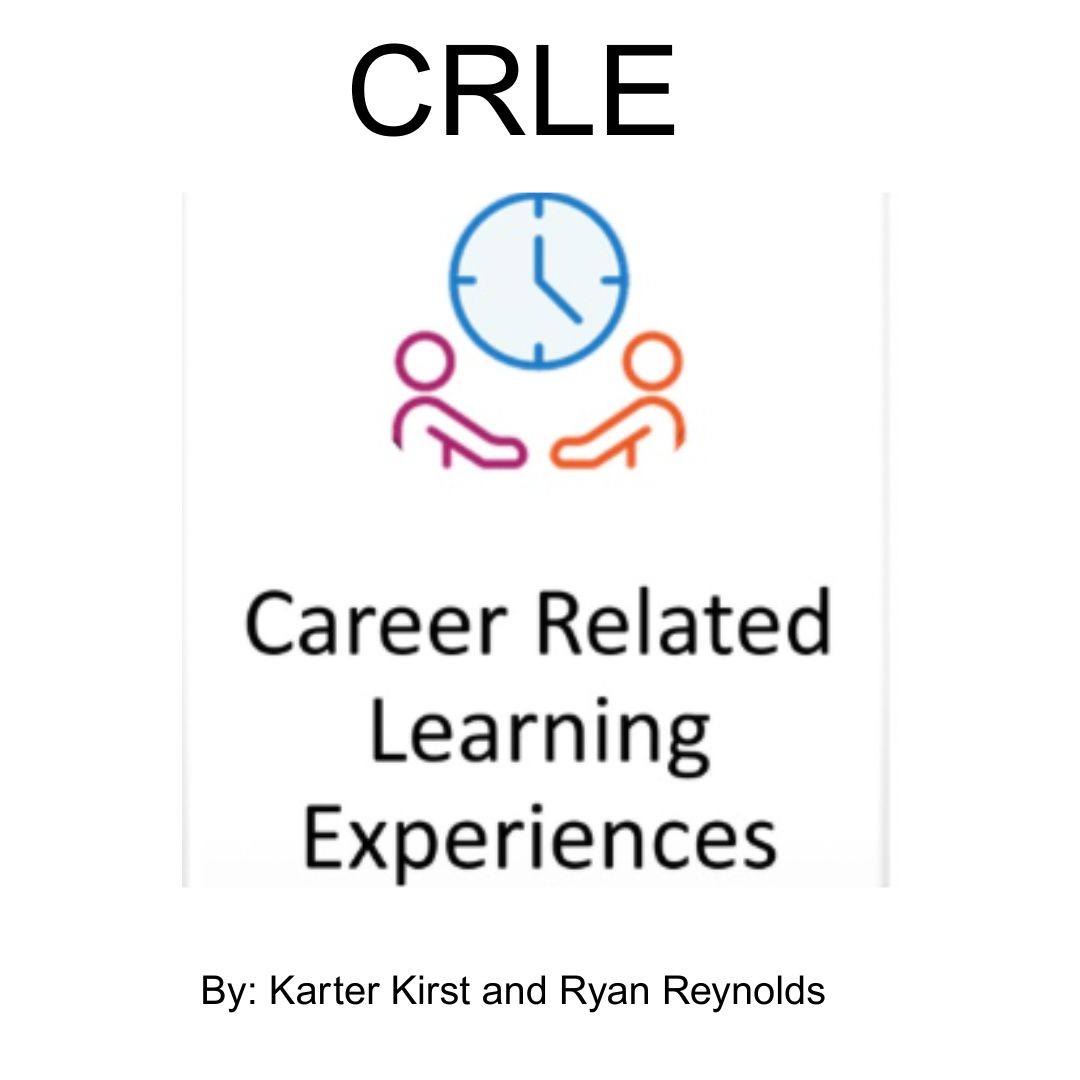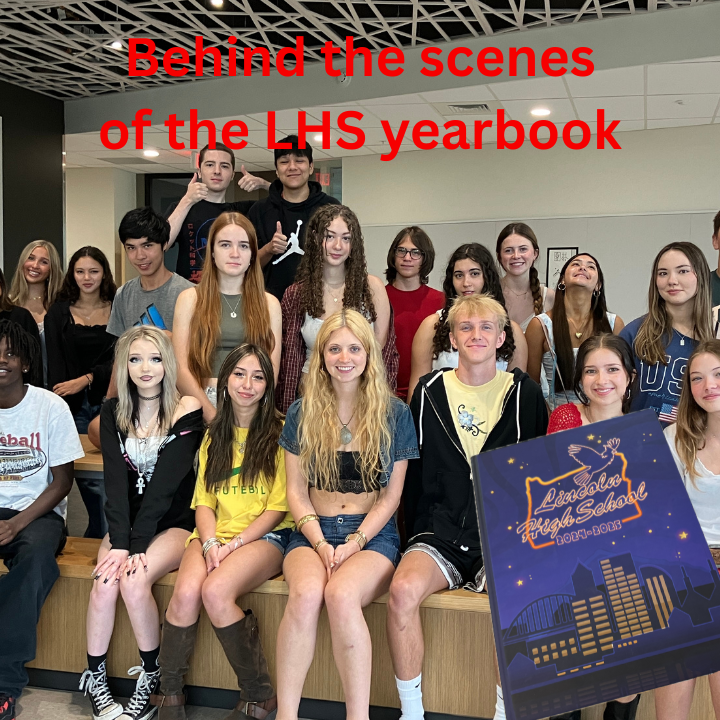Performing arts programs face new challenges
The Lincoln piano sits, unoccupied, in the gallery space in front of the auditorium. This gallery has brought students together through music for decades.
February 4, 2022
The rich history of Lincoln’s performing arts programs spans decades, but these programs are now facing new problems: a lack of students, and with it, a lack of funding.
Principal Peyton Chapman has seen these programs grow, develop and face challenges through the years.
“When I got here 16 years ago, there was no choir program, no band program at all, and there hadn’t been for at least 10 years. There were no instruments, there were no teachers, there were no materials, no choir rooms, nothing,” said Chapman. “It was in the school’s school improvement plan for over ten years. Each year, the site council said, ‘We want to add back performing arts,’ and then each year it didn’t happen. The reason was that there was not enough funding.”
This is still an issue performing arts programs face today. Historically, arts programs in schools have been underfunded, and arts education programs in schools across the nation have struggled. In 2001, the No Child Left Behind (NCLB) act caused a dramatic defunding of arts education, according to an executive summary of the NCLB act by Purdue University Professor Robert Sabol. NCLB mandates, which included additional assessments to measure achievement and progress, were primarily focused on language arts and mathematics.
“Because visual arts learning is not examined on the high stakes tests utilized by states for measuring students’ achievement under provisions of NCLB, art education is viewed by many as a discipline of lesser importance in the school curriculum,” Sabol wrote in the executive summary. “As a result, art education programming and art educators continue to function at the periphery in public schools.”
Kristen Brayson, the program administrator for visual and performing arts in Portland Public Schools (PPS), is one of the many people trying to raise awareness about this topic.
“A lot of my job right now is trying to shine a light on how we got here, and also how we are going to course correct it for the future,” Brayson said. “I’m trying to continue to provide the rationale for why we need to continue to provide more and more investment in the arts.”
At Lincoln, the size of performing arts classes vary from year to year depending on the amount of students that forecast for them. This school year, all three theater classes combined into one due to the smaller number of students.
“It’s hard when students don’t forecast for the programs,” Chapman said. “Schools [receive more funding when more] kids are willing to take those classes, so I’m hoping that [in the new school building] with the incredible theater, more kids will take theater classes.”
Arts programs are an important and valued part of school communities, says Brayson.
“Being in the arts can be such a huge way for you to digest the world, to understand yourself, to express how a particular moment is for you in time [and] to express big, worldly ideas,” Brayson said. “There’s so much about it, and the very nature of performing arts being embodiment, that it’s tied up nicely to be able to encourage that to be a place where we invest money so that students feel like it’s valued in their day.”
Brayson believes schools should be more intentional about finding ways to keep performing arts programs afloat, so they can continue to thrive and bring the community together.
“If the arts are a place that we really care about in schools, and the community defines it as a value for a particular school, I think that it deserves a visioning process for what it should look like at that school,” Brayson said. “You really have to turn over all the rocks to understand what the gaps are in the first place, and then figure out how […] those gaps can be filled.”




